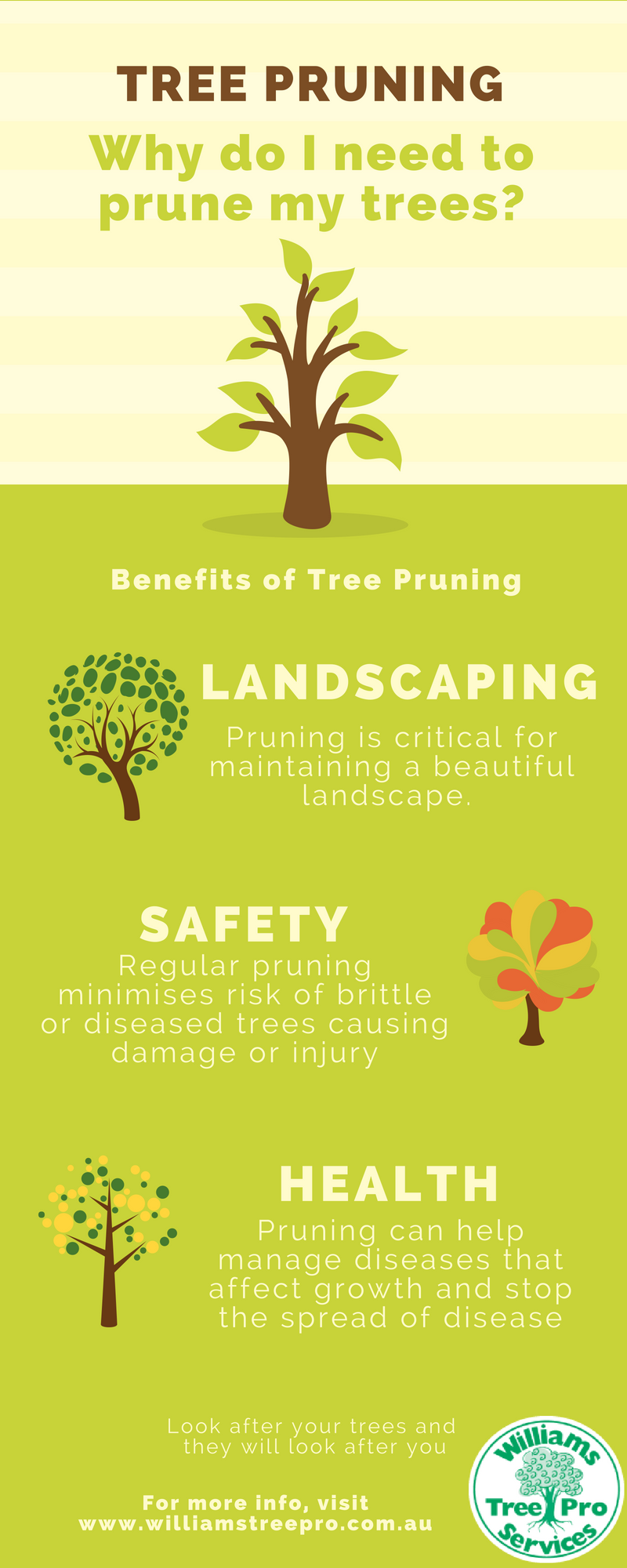Mastering Tree Pruning: Essential Strategies For A Prospering Landscape
Mastering Tree Pruning: Essential Strategies For A Prospering Landscape
Blog Article
Content Writer-
When it comes to developing a landscape that prospers, understanding the art of tree pruning is a must. Picture being able to sculpt your trees with accuracy, ensuring their vitality and beauty for several years ahead. By learning the essential techniques for correct cuts, timing, and structural training, you hold the secret to a thriving exterior room that will thrill all that experience it. Yet how do https://www.bobvila.com/slideshow/the-biggest-outdoor-design-trends-of-2018-so-far-51923 trimming approaches absolutely affect the wellness of your trees and the general landscape aesthetic?
Correct Pruning Cuts for Tree Health
When it comes to maintaining the health and wellness of your trees, making proper trimming cuts is necessary. https://truckingcompanies65442.ssnblog.com/29687577/refresh-your-yard-the-significance-of-proper-tree-debris-disposal can cause condition, insect invasion, and overall tree decline. To make sure the vitality of your trees, always start by utilizing sharp, tidy devices to make exact cuts.
Begin by identifying the branch collar, an inflamed location where the branch connects to the trunk. Reducing simply outside the collar aids promote appropriate recovery and decreases the risk of infection. Prevent leaving stubs as they can invite pests and conditions right into the tree.
https://howdocoppernailskilltrees96283.snack-blog.com/30213821/secret-strategies-for-tree-trimming-tips-for-enhancing-your-landscape-s-health-and-wellness in mind to make cuts at a slight angle, sloping far from the trunk, to prevent water from merging on the injury. In addition, eliminate any type of dead, damaged, or going across branches to enhance air circulation and sunlight penetration.
Timing and Regularity of Trimming
To maintain the health and wellness and framework of your trees, recognizing the ideal timing and frequency of pruning is essential.
The most effective time to prune trees is normally throughout the inactive period in late winter or very early springtime. Pruning throughout this period helps promote new growth once the tree begins budding in the spring.
However, some trees, like spring-flowering ones, are best trimmed right after they finish flowering to avoid cutting off next year's blossom buds.
Regular trimming is crucial, however the regularity relies on the tree species and its growth price. For most trees, an annual assessment to eliminate dead, infected, or crossing branches is advised. Youthful trees may need even more frequent pruning to develop a strong structure, while fully grown trees may just require maintenance pruning every couple of years.
Prevent pruning during the loss when diseases are extra quickly spread out, and avoid hefty trimming during the summer when the tree is proactively expanding.
Educating Young Trees for Structure
For establishing solid and healthy trees, training young trees for optimum structure is necessary. By shaping a tree when it's young, you set the structure for a strong and aesthetically attractive fully grown tree.
Begin by determining the central leader, which is the major upward-growing branch. Urge the main leader's development by pruning away contending leaders, aiding the tree develop a solid central trunk. Furthermore, remove any type of branches that grow inward or downward, as they can trigger architectural issues as the tree expands.
It is very important to space out lateral branches uniformly around the trunk to promote balanced growth. As the tree matures, continue to monitor its development and prune as needed to maintain its form and structure.
Effectively educated young trees are much less most likely to create weak crotches or overcrowded branches, lowering the risk of damage during storms. Investing time in training young trees will repay with a wonderfully structured and resistant tree in the future.
Conclusion
Now that you have grasped the vital strategies of tree pruning, your landscape is on its way to thriving. By using sharp tools, making specific cuts, and properly timing your pruning sessions, you are ensuring the health and long life of your trees. Remember to on a regular basis check and maintain your trees to keep them growing. With your newly found knowledge, your landscape will certainly continue to expand perfectly for years to come. Maintain the great work!
